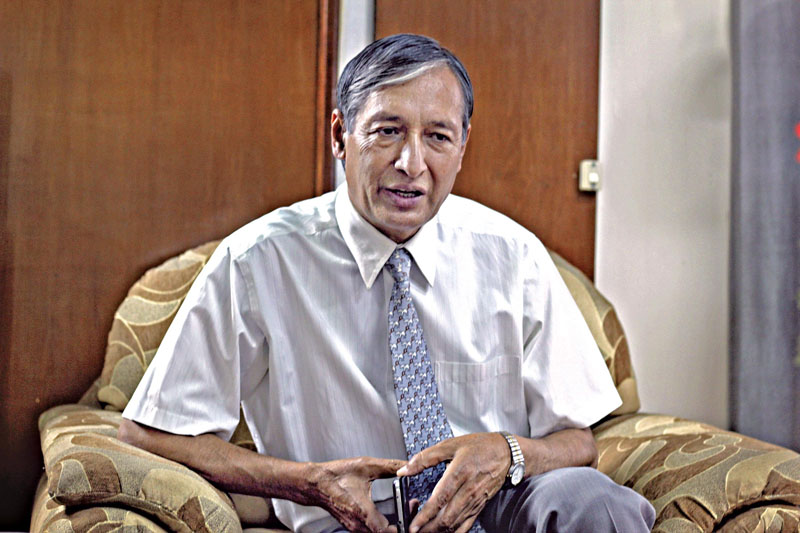VGF provisions should be clear, says Khatiwada
Kathmandu, July 5
Vice Chairman of the National Planning Commission (NPC) Yubaraj Khatiwada today said the guideline on viability gap funding (VGF) should include clear-cut provisions on areas where government should extend financial support to facilitate project development.
Viability gap is the difference between revenue required to make a project commercially viable and revenue that is expected to be generated upon project’s completion.
In simple words, if the cost of building a toll road stands at, say, Rs five billion and toll collection after a certain period is expected to hover around, say, Rs 3.5 billion, the viability gap is Rs 1.5 billion.
Since the private sector does not want to invest in such loss-making projects, governments in many countries extend financial support, or viability gap funding, to developers so that projects of strategic importance could be built.
“However, VGF has grey areas as well,” Khatiwada told an interaction on Public-Private Partnership (PPP) organised today by the NPC. “For instance, there may be differences over whether the viability gap is real. So, the guideline should clearly mention the extent to which the government can go to extend such funding.”
His comments come at a time when the government has introduced PPP Policy, which has proposed a mechanism on VGF, and has initiated the task of framing PPP Act and other relevant guidelines.
The government has long been trying to promote PPP to rope in the private sector in development of various physical infrastructure projects, such as roads, bridges, airports, hydroelectric and irrigation plants, and transmission lines.
Currently, the government is engaging the private sector in these activities using ‘Private Financing in Build and Operation of Infrastructure’ — commonly referred to as the BOOT (Build, Own, Operate and Transfer) Act.
But this act has its own deficiencies.
“For instance, the law has transferred all the risks to the private sector. Also, the law requires the private sector to acquire land required for the project on its own,” said former government secretary Purna Kadariya.
The PPP Policy, on the other hand, includes provisions on sharing of risks and benefits proportionately between the government and the private developer during and after the construction of projects.
Also, the PPP Policy bars the government from signing an agreement with the project developer unless 80 per cent of the land required for the project has been acquired by the government. The developer later has to recompense the government, fully or partially, or pay royalty or rent for the land based on the nature of the project.
To further increase participation of the private sector in PPP projects, the policy has also promised to extend tax relief to developers and create a mechanism to enable the private sector to obtain long-term financial resources.
The government is keen on roping in the private sector to build various infrastructure projects because 86 per cent of the projects initiated by the government have not been completed on time.
“This not only causes inconvenience to the public but results in cost overrun and leads to development of low-quality infrastructure,” said NPC Joint Secretary Gopi Nath Mainali.






